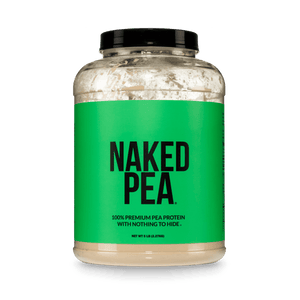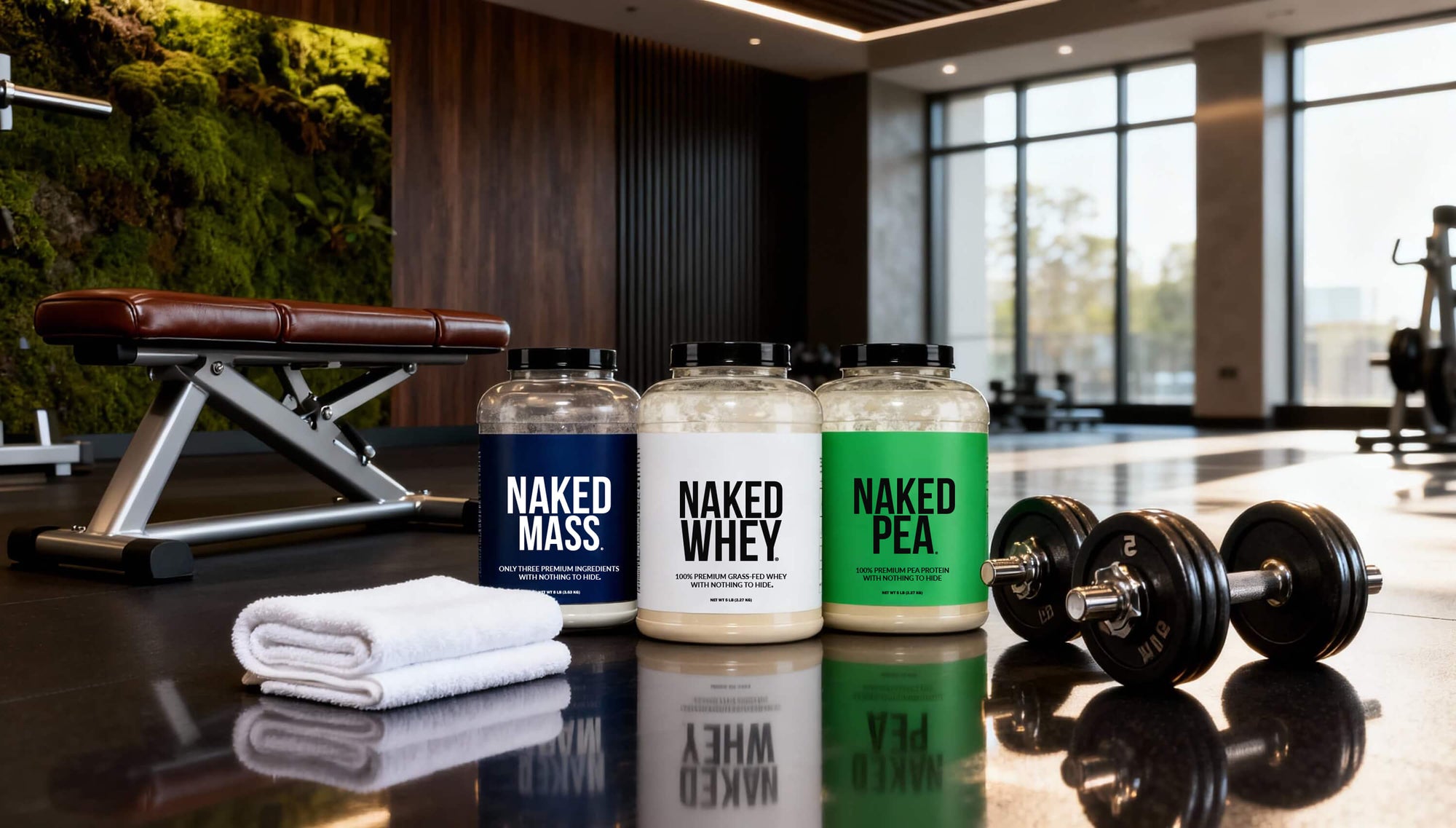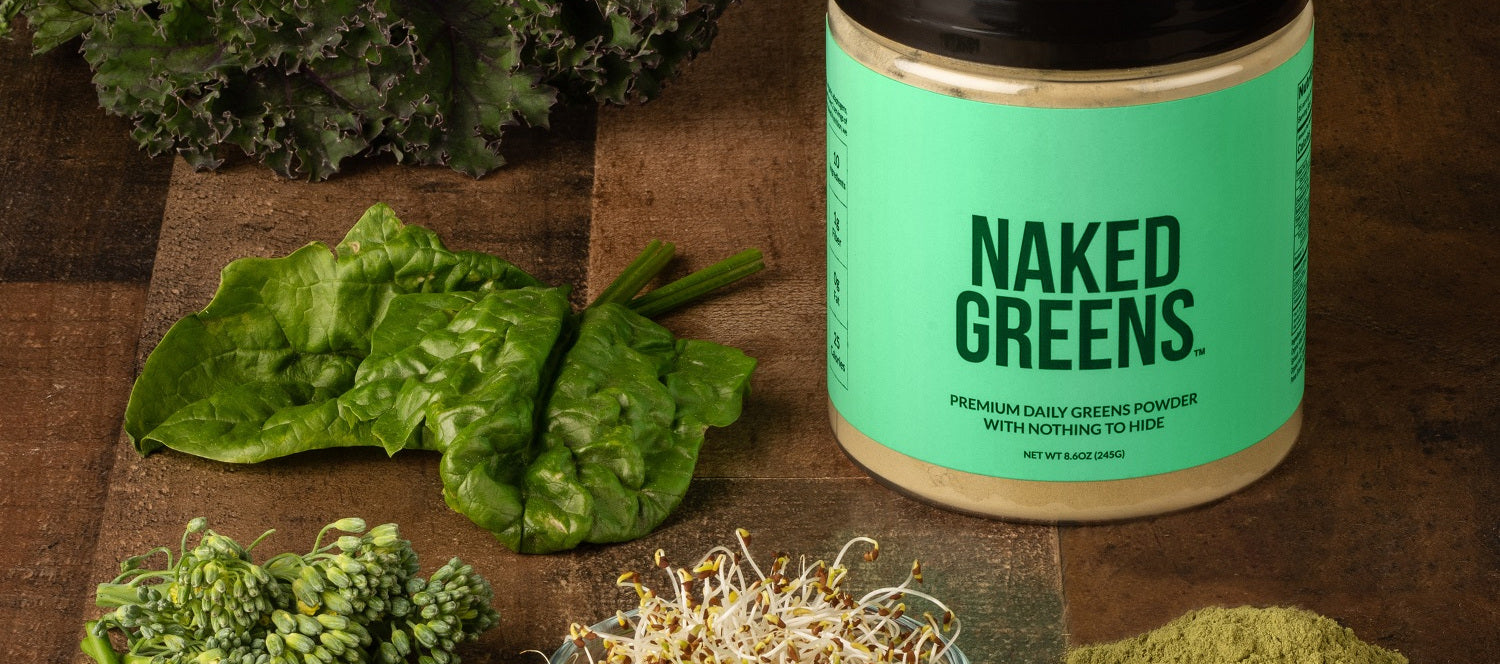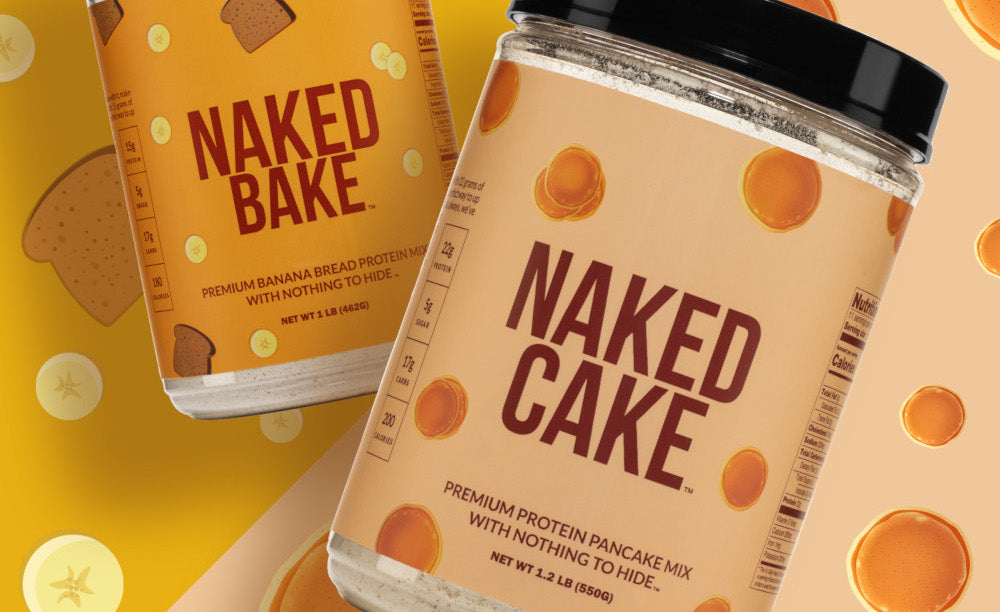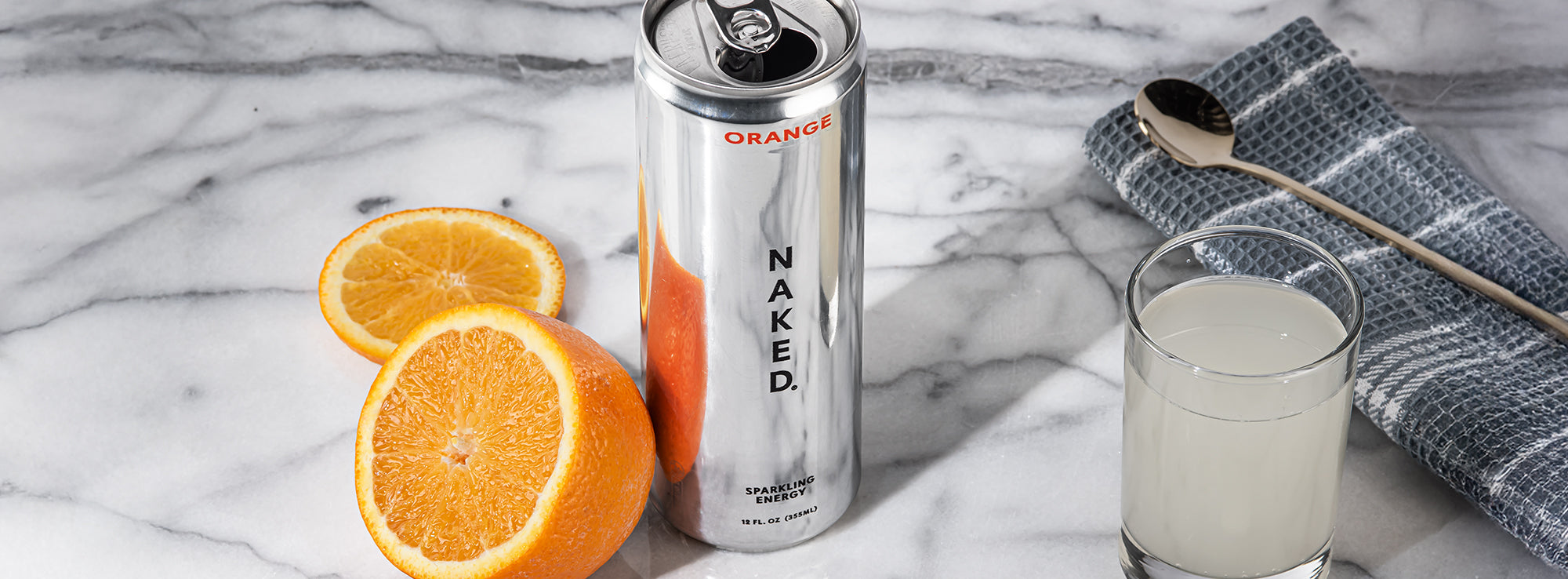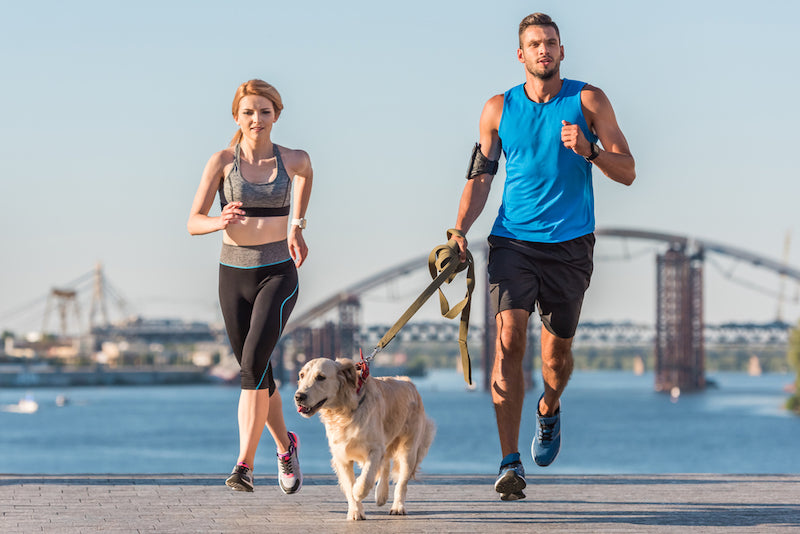
Cardio can be a very tense subject to raise around someone who does strength training.
The prevailing wisdom with a lot of people is that cardio will make it harder to reach your goals if you’re trying to build muscle mass.
But does cardio really limit your gains? Is it really that bad if you mix in a little cardio with your strength training? Or is it still possible to get big and put on lean muscle mass while adding cardio into the mix?
Read on and we’ll break down how cardio can affect your muscle growth, whether cardio has any benefit for putting on muscle, as well as looking at more myths relating to cardio.
Does Cardio Limit Muscle Gains?

We’ll start at the top. Are you limiting your ability to build muscle by doing cardio?
The answer is maybe - but in most cases, no.
It is true that too much cardio, in particular endurance training, can limit how fast you put on muscle.
The reason being, if your endurance training is at a similar or higher level to your strength training, you’ll send mixed signals to your body.
In this case, your body will adapt to the type of training you’re doing most often. And if you’re doing a lot of endurance training, this means you won’t put on as much muscle mass.
The thing is, though, this applies primarily to endurance training - not so much all kinds of cardio.
It’s also just a problem if the amount of cardio you’re doing is competing with your strength training. A little cardio to warm up or on an off day won’t shake things up massively.
Can Cardio Help Muscle Gains?

What you might be surprised to know is that cardio can actually help you gain muscle.
The right type of cardio will benefit you when it comes to gains. When you train cardio, you boost the way your cardiovascular system supplies the muscles with oxygen and nutrients. Your muscles will operate more efficiently, and you’ll boost your stamina and work capacity (how much you can lift and for how long).
To put it simply, cardio helps you do more reps and sets. More reps and sets lead to more muscle growth, at a faster pace.
Is Cardio Best for Losing Fat?
So if cardio hurting your gains is actually a myth (or has been greatly exaggerated), we know for sure that doing a lot of cardio will help you lose fat, right?
Not necessarily.
In fact, the biggest misconception in fitness circles may be that the best way to lose fat is just to do cardio, cardio, cardio. It can help, but there are better ways to approach your workouts if fat loss is your goal.
First, understand that weight loss comes down to calories in versus calories out. If you are able to create a calorie deficit (meaning you burn more calories than you put into your body), you’ll lose weight, some of which will be fat.
In this sense, cardio can help, as you’ll burn more calories and have an easier time creating a deficit.
But a calorie deficit doesn’t just exclusively decrease fat. If it’s all you do in your workout (say, for example, you’re just getting on the treadmill for an hour), your muscle growth will suffer, and you’ll have trouble reaching your ideal, leaned out, body composition.
Benefits of Strength Training on Body Composition

If fat loss is indeed your goal, you’re likely to get better results through strength training than just doing a lot of cardio.
I’m sure this sounds weird to a lot of people. The goal is to slim down, not to look like Arnold, right?
Well, strength training can be effective for bulk, and it can be effective for cutting down too. One of the biggest reasons is that strength training boosts your metabolism.
Metabolism, or metabolic rate, is the rate at which your body converts food into energy. When you boost your metabolic rate, your body processes calories faster, and you’ll store fewer excess calories as fat.
Strength training is proven to be beneficial for metabolic rate. Your metabolism is even increased for up to 72 hours after a strength workout, which means you’ll keep burning calories, and fat, passively for several days.
Outside of purely burning fat, strength training helps you build a more ideal body composition. When you work out purely with cardio, you’ll lose fat, but you won’t achieve the lean, muscular look most people are after.
This is because you’ll still have a low muscle to fat ratio. So while you may be a few pounds lighter, you’ll retain the same body shape, which for most people is not really a sign of success.
How to Do Cardio That Promotes Lean Muscle

For most of us - long-distance athletes excluded - the optimal use of cardio is to increase stamina, boost cardiovascular capacity, and supplement a strength training regimen.
The key is balance. If your goal is to lean out, tip the scales in the favor of cardio. If you’re trying to put on gains, keep strength training as your main focus, but add some of the right types of cardio to your routine.
The best type of cardio in this context is high-intensity, rather than endurance-focused training like long-distance running.
You can still get on the treadmill, but try sprints over long runs.
HIIT (high-intensity interval training) workouts are excellent for this too, as they often promote explosiveness and muscle growth alongside cardio. Kettlebell training, as well as training with functional tools like maces and weighted balls, are also a great way to achieve muscle growth while boosting cardio.
If you want a perfect example of what we’re talking about in this article, check out rapper Action Bronson’s transformation. Through a routine focused on high-intensity strength training, including a lot of kettlebells, medicine ball, and mace workouts, Action was able to lose 125 pounds in less than a year, while putting on muscle at the same time.
You can’t argue with results like that.
Final Thoughts on Cardio and Lean Muscle Mass
You’re probably not alone if you’ve been a believer in the “cardio hurts gains” myth. Many people, even those who have achieved great success in their fitness goals, think the same.
To be fair, in some circumstances, this can be true. Do too much endurance training, and your body will start to adapt for endurance over strength. But by doing the right type of cardio, not only will it not hurt your gains, it will actually help you perform better and put on muscle mass faster.
Whether your goal is to put on muscle, lose fat, or a bit of both, high-intensity workouts like HIIT, sprints and kettlebell training are a great tool to use. Your workouts will be much more efficient, and you’ll hit your ideal body composition much faster.

